The Au Sable Undergraduate Research Program is designed to address pressing questions in ecology, conservation, and restoration; serve local environmental agencies and organizations with informed data, and prepare students as scientists by involving them in laboratory and field research. By partnering with local non-governmental organizations and government agencies, Au Sable advances scientific understanding using foundational and cutting-edge modes of inquiry and helps decision-makers make informed plans to advance environmental stewardship.
Current & Recent Research Projects
Story map on Boardman River — Story map on Kirland’s Warbler — Story map on oil pad reforestation
Boardman River
Kirtland's Warbler
Oil Pad Reforestation
Teaching Research Skills
At the heart of Au Sable's research program is the desire to train future scientists to discover new things about the natural world and how we can best care for it. Through our SUPER program, research faculty mentor and guide our research students throughout their summer research, instilling knowledge and skills about how research is done. The research program enhances student skills in scientific methodology; research design, data gathering and analysis; and in both written and oral presentations. Students work with Au Sable faculty to design and execute their research plan, making them part of an academic community offering scientific collaboration and interdependence among professional scientists and research students.
Advancing Scientific Knowledge
The Au Sable Research Program takes up projects that further our scientific understanding of ecology, conservation, and ecological restoration. In recent years, Au Sable Researchers have advanced our scientific understanding of how to best reforest abandoned oil pads in northern Michigans forests, and understand why they do not reforest naturally. Au Sable Researchers have been studying the nesting habits of the Kirtland's warbler an endangered species in Michigan and habitat specialist to Jack Pine forests. As well, an Au Sable Research team has begun studying the habitat suitability for the reintroduction of the Grayling in local rivers of northern Michigan.
Serving Local Communities
Au Sable's research advances scientific knowledge while also informing local environmental projects by non-government organizations and government agencies throughout northwest lower Michigan. In recent years, Au Sable's applied research has served and partnered with the Michigan Department of Natural Resources, Department of Environmental Quality, Michigan Technical University, Trout Unlimited, and the Little River Band of Ottawa Indians. Au Sable looks for local partners to have a local impact.
Recent Publications by Staff, Friends, & Partners
2022. Lowe, B.S., S.K. Jacobson, G.D. Israel, J.E. Kotcher, S.A. Rosenthal, E.W. Maibach, A. Leiserowitz. The generational divide over climate change among American evangelicals. Environmental Research Letters 17:114020. 10.1088/1748-9326/ac9a60
2022. Van Dyke, F., S. Harju, M. Hindy, N. Cannata, E. Schmidt, E. Hillman, and A. Sargent. Comparative detection, density, and reproductive performance of Kirtland’s warbler in jack and red pine. Journal of Wildlife Management 86. 10.1002/jwmg.22233
2022. Van Dyke, F., S. Harju, J. Korstad, N. Goelzer, and C. L. Wolfe. Effects of milfoil weevils and weather on the control of Eurasian watermilfoil. Restoration Ecology 30. doi: 10.1111/rec.13659
2022. Van Dyke, F., S. Wilderman, S. Harju, J. Faulkner, K. Fenton, P. Kitzel, T. Marshall, C. Redick, D. Rowley, J. Tolsma, A. M. Wolfe, B. Keas, and K. Witters-Hicks. Effects of soil treatments and tree species on reforestation of well pads. Restoration Ecology 30. doi: 10.1111/rec.13658
2021. Mahan, D. A., J. E. Betts, E. C. Nord, F. Van Dyke, and J. Outcault. Response of benthic macroinvertebrates to dam removal in the restoration of the Boardman River, Michigan, USA. PLoS ONE 16(5): e0245030. https://doi.org/10.1371/journal.pone.0245030
2017. Van Dyke, F., A. J. Engel, S.M. Harju, R. L. Lamb, D. Thompson, G. Dwyer, E. Pyne, and J. Ryan. Amphibians in forest pools: does habitat clustering affect community diversity and dynamics? Ecosphere 8(2): e01671. 10.1002/ecs2.1671




